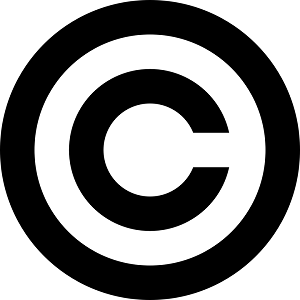Sample Essay on Global Intellectual Property Regime

Twenty-first century is often called the time of intellectual and informational evolution, century where knowledge and intellectual potential are highly valued and appreciated by people. It is well known that knowledge is power, but it is also wealth. Not only physical type of work has to be valued and paid, intellectual work too.
Nowadays, people are constantly faced with products protected by intellectual property. We read books, watch movies, listen to music, and this is a small part of what intellectual property involves. The term “intellectual property” is widely used these days all over the world. In 1967 Stockholm Convention was signed. On its basis the World Intellectual Property Organization (WIPO) was founded.
Intellectual property products consist of advances in science, literature, art and other forms of creative activity in manufacturing, including discoveries, inventions, innovations, designs, computer programs, databases, expert systems, know-how, trade secrets , trademarks, trade names and service marks. The concept of intellectual property, in particular copyright concept takes its roots since in times of ancient Greece. Legislators of that time acknowledged social, political and economic value of works of literature and art. Creations of writers and poets were presented to the public in an undistorted form.
It was England, where in 1710 the first intellectual property law was adopted, known as the “Statute of Anne” containing one of the most important principles of writing – principle of “copyright”, the right for protection of published work, prohibition on duplicating the work without author’s consent. For every intellectual property product people got a rewarding fee. Such people were subsidized by governors, their prosperity was entirely dependent on the goodwill of the latter. For example, Leonardo da Vinci was forced to admit: “I serve to those people who pay me.”
It should be noted that, historically, the main factors that influenced the formation of the Institute of Intellectual Property were: division of labor, separation of intellectual work into particular type of activity, transformation of intellectual products of labor into commodities, their involvement in the trade market.
Although the system of intellectual property protection in the world meets international standards, the system itself is very imperfect. There is a need to develop new principles of protecting the rights of owners of intellectual property. Among the most common types of current intellectual property and copyright violations are the use of objects without signing any contracts or agreements with the author-owner, or no indication of the author’s name when using the product.
The rapid growth of the role and value of intellectual property in the socio-economic development of society, implementation of creative intellectual work as the most important factor for successful production and commercial operation of modern high-tech enterprises, increase of their competitiveness in domestic and foreign markets complicates the creation of a reliable and effective protection system of intellectual property.
Intellectual property on a global level has become the driving point that will give a powerful push to development of economic security and value of labor. Introduction of laws on intellectual rights gives us the green light to build prosperous, intellectually-oriented society.
Resources:
- int. (2016). WIPO – World Intellectual Property Organization. [online] Available at: http://www.wipo.int/portal/en/index.html
- 99designs Blog. (2013). 5 famous copyright infringement cases (what you can learn). [online] Available at: https://99designs.com.au/blog/tips/5-famous-copyright-infringement-cases/
- org.au. (2016). Find an Answer. [online] Available at: http://www.copyright.org.au/acc_prod/ACC/Find_an_Answer/ACC/Public_Content/Find_an_Answer.aspx?hkey=b0de2cd4-daa3-47da-95a5-1e7ecdc8dddc
- qld.gov.au. (2016). What are my rights as a holder of a registered trademark? | Queensland Government. [online] Available at: https://www.business.qld.gov.au/business/support-tools-grants/tools/intellectual-property-info-kit/browse/names/registered-trademark-rights
- Anti-abuse.org. (2016). What Does Copyright Law Protect? | The Anti-Abuse Project. [online] Available at: http://www.anti-abuse.org/what-does-copyright-law-protect/